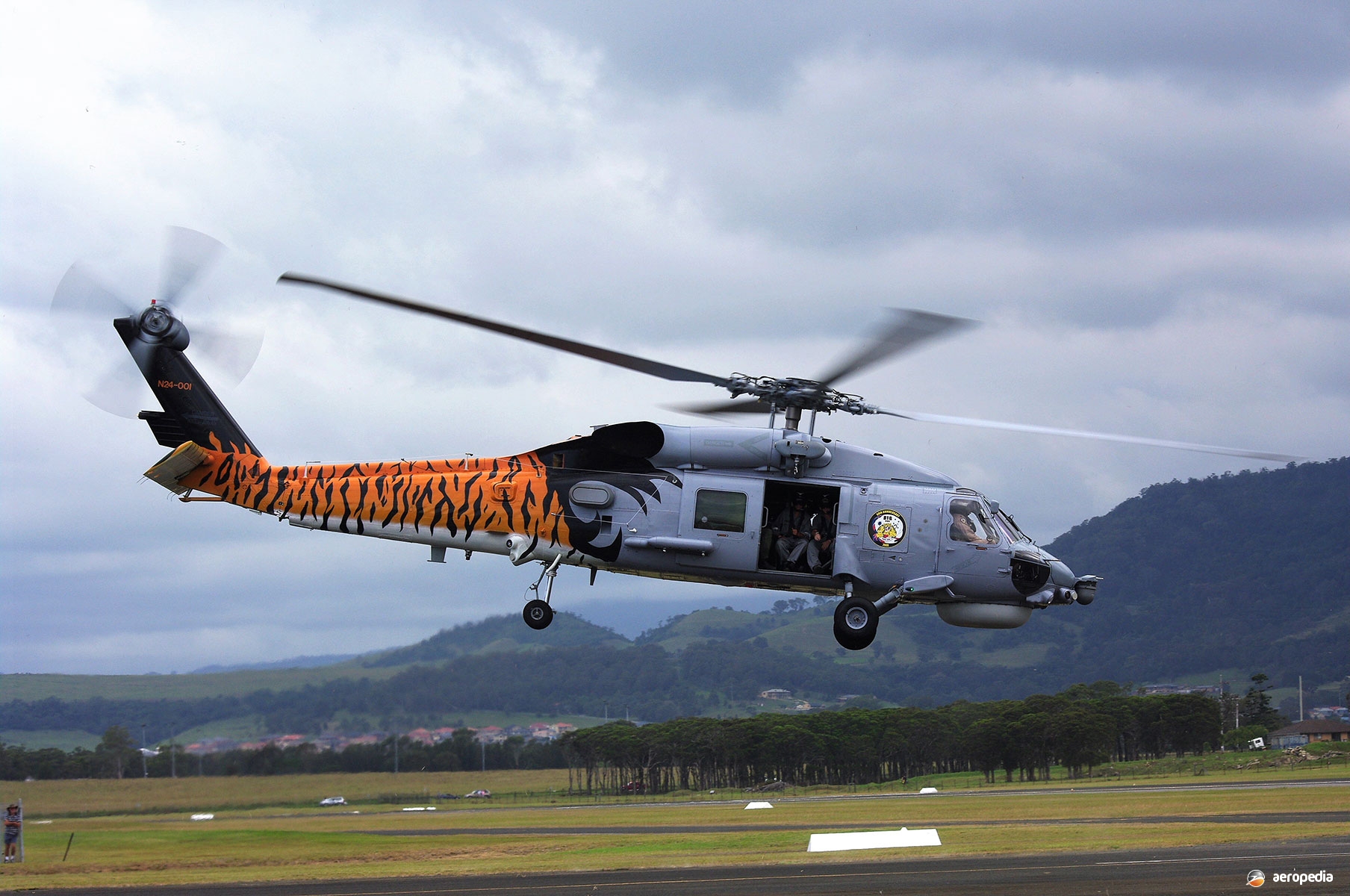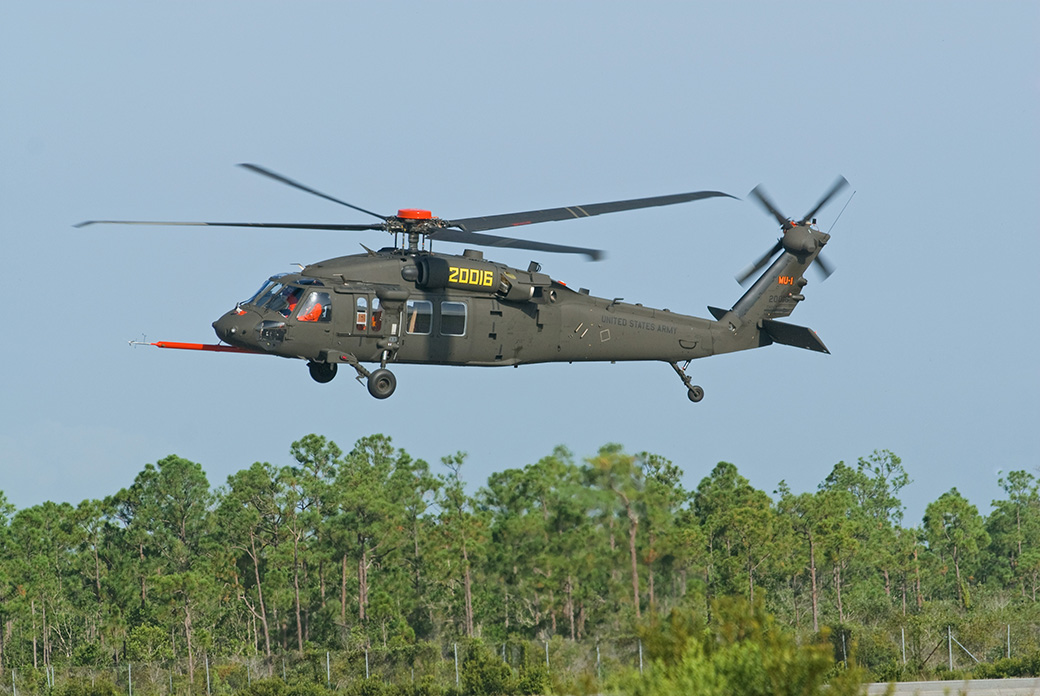Sikorsky S 70: Enhancing Helicopter Effectiveness and Adaptability
High-Performance Multi-Role Rotorcraft Featuring Advanced Cabin Technologies and Integrated Sensing Unit Equipments
The world of rotorcraft innovation has seen noteworthy advancements in current times, specifically in the world of high-performance multi-role rotorcraft outfitted with innovative cockpit innovations and effortlessly incorporated sensing unit systems. In the adhering to discussion, we will discover the development of rotorcraft technology, dive into the realm of innovative cabin developments, and examine the ramifications of incorporated sensor systems on the operational flexibility and efficiency of modern rotorcraft.
Advancement of Rotorcraft Modern Technology
The evolution of rotorcraft technology has actually been noted by substantial advancements in aerodynamics, materials, and propulsion systems, shaping the abilities and performance of modern-day rotorcraft. Wind resistant improvements have actually enhanced the effectiveness and maneuverability of rotorcraft, allowing for boosted speed, agility, and stability during flight (sikorsky s 70). Technologies in products, such as making use of composite materials and progressed alloys, have actually resulted in lighter yet more powerful rotorcraft frameworks, improving general performance and sturdiness. In addition, innovations in propulsion systems, including a lot more effective engines and ingenious propulsion technologies, have allowed rotorcraft to accomplish higher elevations, faster speeds, and higher hauls.
These advancements have not just changed the capabilities of rotorcraft yet have additionally increased their applications throughout various markets, including military, industrial, and emergency situation solutions. The continuous development of rotorcraft technology remains to drive technology in the field, pressing the limits of what is feasible and forming the future of vertical trip.
Advanced Cabin Innovations
Structure upon the foundational improvements in aerodynamics, products, and propulsion systems, the realm of rotorcraft modern technology now shifts emphasis in the direction of pioneering Advanced Cabin Innovations. The assimilation of cutting-edge modern technologies within the cabin atmosphere plays a crucial duty in improving the functional capacities, safety and security, and performance of contemporary rotorcraft. sikorsky s 70. Advanced Cabin Innovations encompass a large variety of functions made to supply pilots with improved situational recognition, structured information administration, and user-friendly control user interfaces
Among the vital developments in cabin design is the execution of glass cockpits, which replace conventional analog assesses with high-resolution displays. These electronic systems provide adjustable formats, real-time information combination, and enhanced readability, making it possible for pilots to access critical info at a look. Moreover, progressed avionics systems, such as fly-by-wire controls and increased reality screens, are changing how pilots interact with the aircraft, allowing for specific control and improved decision-making capacities.


Including sophisticated cabin technologies not only boosts pilot efficiency however likewise adds to total goal effectiveness and safety and security in complex functional environments. By leveraging modern innovations within the cockpit, rotorcraft suppliers are establishing new standards for operational quality and mission success.
Integrated Sensing Unit Solutions
With the evolution of rotorcraft innovation, the assimilation of sophisticated Integrated Sensor Equipment has become paramount in enhancing functional efficiency and safety. These Integrated Sensor Solutions incorporate a vast array of technologies that offer vital data for numerous features such as navigating, monitoring, targeting, and environmental tracking. By perfectly integrating sensors like radars, video cameras, lidar, and infrared systems into rotorcraft, operators can benefit from improved situational awareness, enhanced mission abilities, and decreased pilot workload.
One secret benefit of Integrated Sensing unit Equipments is their capability to collect real-time information and supply actionable insights to pilots and mission drivers. For instance, progressed radar systems can identify and track targets over cross countries, permitting for early danger detection and effective response preparation. Furthermore, integrating electro-optical and infrared electronic cameras makes it possible for rotorcraft to perform reconnaissance and monitoring missions with precision and accuracy.
Essentially, the Your Domain Name integration of advanced sensing unit innovations right into rotorcraft not just improves operational efficiency however additionally contributes considerably to total objective success and staff safety. As rotorcraft remain to develop, the duty of Integrated Sensor Equipment will most certainly stay at the center of technology in the aerospace industry.
Operational Versatility and Effectiveness
Enhancing operational adaptability and efficiency in rotorcraft is a natural progression from the combination of advanced Integrated Sensing unit Equipments. By leveraging the information and insights offered by these sophisticated sensor systems, rotorcraft can enhance their efficiency throughout numerous missions and environments.
Functional versatility incorporates the capability of rotorcraft to adapt to various duties and scenarios efficiently. With sophisticated cabin modern technologies and incorporated sensor systems, rotorcraft can seamlessly shift in between jobs such as search and rescue, medical emptying, security, and much more. This adaptability enhances the rotorcraft's capability to meet varied functional needs without needing substantial reconfiguration.
Performance in rotorcraft procedures is vital for taking full advantage of objective efficiency and source utilization. Integrated sensor systems play an essential duty in enhancing functional performance by giving real-time information on weather, surface mapping, target monitoring, and a lot more. This data enables pilots to make informed choices quickly, enhance flight paths, save fuel, and enhance overall mission productivity.
Influence On Modern Aviation Workflow

Moreover, the assimilation of sophisticated sensing units helps with boosted mission planning and implementation, allowing rotorcraft to do a wide variety of tasks with improved accuracy. From search and rescue operations to aerial firefighting and legislation enforcement goals, the capabilities of contemporary rotorcraft outfitted with advanced cabin modern technologies and integrated sensor systems are unequaled.
Moreover, the impact of these improvements expands past functional efficiency to cost-effectiveness and sustainability. By optimizing flight routes, fuel usage, and upkeep routines, high-performance rotorcraft outfitted with innovative cabin technologies and sensors add to lowering functional costs and environmental impact, making them crucial assets in modern aviation operations.
Verdict
In conclusion, the high-performance multi-role rotorcraft with sophisticated cockpit innovations and incorporated sensing unit systems represents a considerable evolution in aeronautics modern technology. These advancements enhance operational convenience and performance, ultimately influencing modern aviation operations in a positive way. The integration of resource these advanced technologies allows for improved capabilities and performance in different objective situations, showcasing the continued development of rotorcraft modern technology in the air travel market.
The realm of rotorcraft modern technology has seen noteworthy improvements in recent times, particularly in the world of high-performance multi-role rotorcraft equipped with innovative cockpit innovations and seamlessly incorporated sensor systems. From boosted objective versatility to boosted operational performance, the convergence of innovative cockpit modern technologies and integrated sensing unit systems has ushered in a brand-new era of opportunities for rotorcraft applications. In the following discussion, we will certainly explore the advancement of rotorcraft innovation, delve right into the world of advanced cockpit developments, and examine the implications of incorporated sensing unit systems on the functional adaptability and performance of modern-day rotorcraft.
